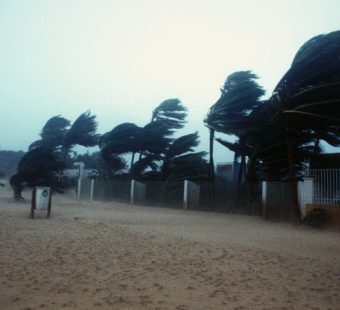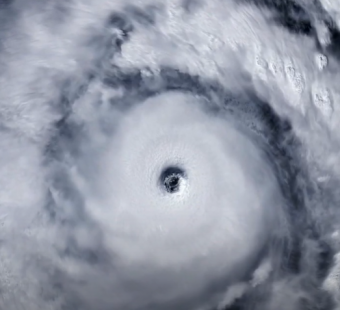
Swiss Re: A Katrina-like hurricane could cause up to $200 billion in damage today
08/18/2020
Hurricane Katrina, which struck the United States in August 2005, remains the costliest insured North Atlantic hurricane on record and the most expensive natural catastrophe for the global re/insurance industry. In 2020 dollars, according to a Swiss Re report released today, total economic damage from Katrina totaled more than $160 billion.
An identical storm today “could easily reach” $200 billion, Swiss Re says.
To evaluate what Hurricane Katrina might look like in 2020 in terms of insured and economic losses, Swiss Re ran Katrina’s 2005 wind and surge footprint on its U.S. market portfolio using its probabilistic tropical-cyclone loss model.
“If Hurricane Katrina were to hit the U.S. in 2020 with the same wind and storm surge as 2005, but with current exposure information and updated flood protection and vulnerability assumptions, the privately insured losses in the U.S. alone could rise to $60 billion,” the report says. “This is true, despite the city (New Orleans) currently only having 80% of the population it did in 2005.”
Private insurance and the federal flood insurance program covered about $86 billion of the total loss from Katrina, highlighting a protection gap largely driven by uninsured flood losses. Standard residential insurance policies exclude coverage for flood damage resulting from surface water, including storm surge caused by hurricanes; separate flood insurance policies are available through FEMA’s National Flood Insurance Program and private insurers.
“With Katrina, and even more recently with Harvey and Sandy and Florence, we’ve seen this profound protection gap where on average only one in six residences in the U.S. have a flood coverage policy,” said Marla Schwartz Pourrabbani, a Swiss Re natural catastrophe specialist and lead author of the report.
Today, a storm like Katrina would cause closer to $175 billion in damage because areas outside New Orleans, especially in other coastal states, have seen both increases in population and increased investments along the coast that add to the financial risk. Rising sea levels also contribute to the potential losses.
Swiss Re says the effects of climate change could drive total costs higher.
“Considering that sea level in the barrier islands near New Orleans is now rising by over one inch every two years, a six-inch increase in sea level — and an event like this could happen in just over a decade,” the report says.



